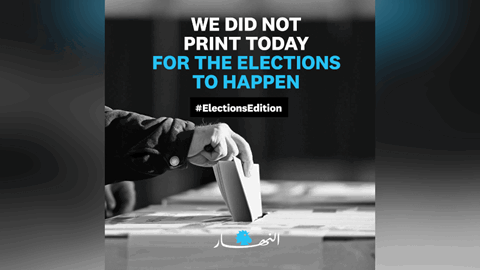In the developed world's digital age, news consumption is a staple of everyday life for those aged 16-40. An overwhelming 79% of Americans in this demographic group engage with news updates daily, utilising an array of both traditional and modern channels, including social media.
Interestingly, a recent study by the American Press Institute revealed a demand presenting all sides, diversification and neutrality in news reporting, alongside a crucial emphasis on accuracy. However, the onslaught of information online appears to be taking its toll by creating digital fatigue and an environment ripe for the spread of misinformation, an issue that 90% of the study's participants identified as a significant problem. An alarming 70% admitted to falling prey to such misleading information. Consequently, compared to a similar study from seven years ago, this group of Gen Z and Millennials is showing less enjoyment of news consumption.
Media literacy development has become an urgent need among this group. One successful initiative addressing this problem is led by Kelsey Russell, a 23-year-old US-based Masters student, who has garnered a significant following on TikTok. She shares her daily learning from reading the New York Times' print newspaper to 70,000 followers, who have shown their approval with 4.7 million likes.





